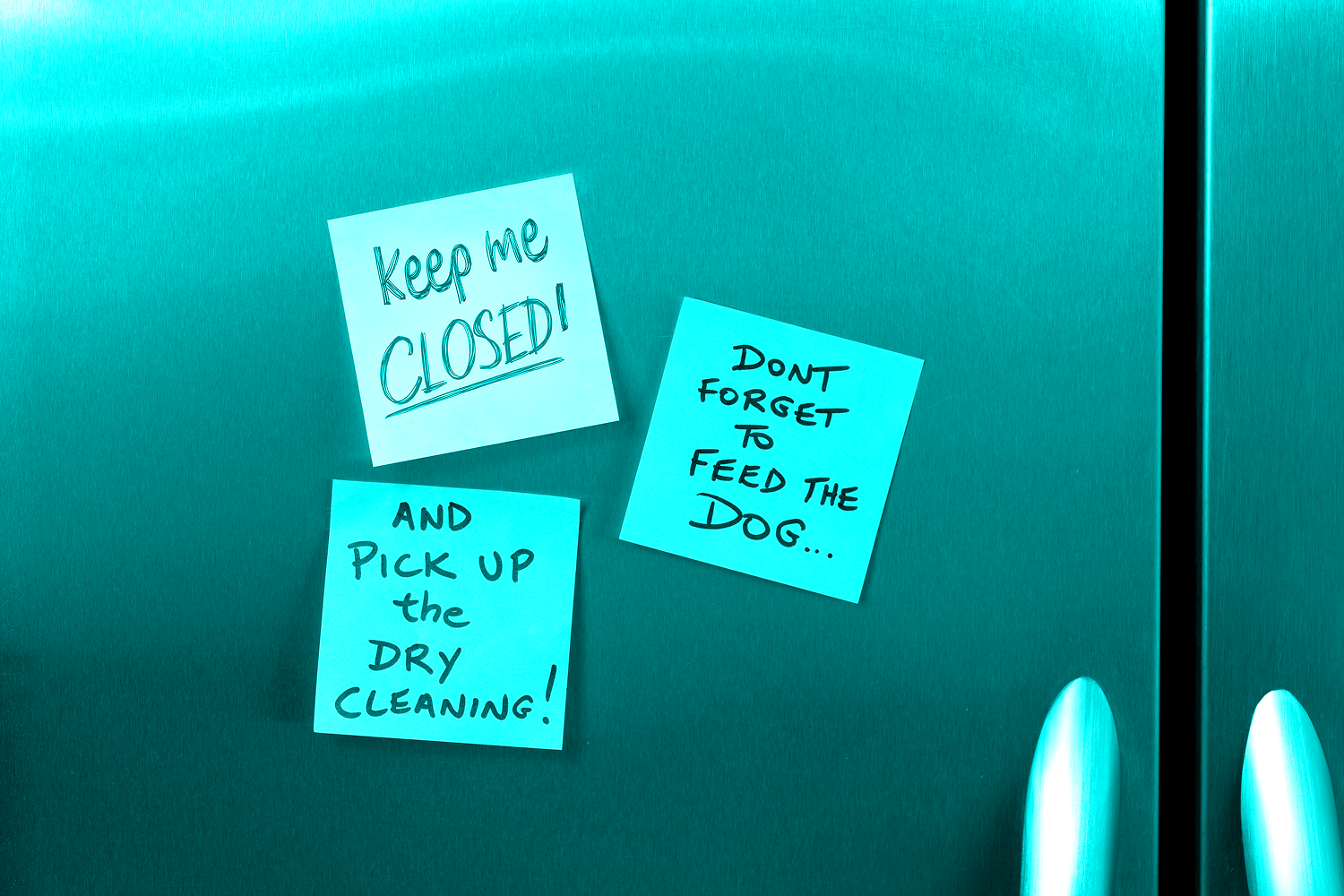Refrigeration is a classic push-pull when it comes to its climate impacts. On one side, it’s key to staving off spoilage and keeping our perishable essentials like eggs, produce, leftovers, and, yes, a sweet treat or two from going bad. On the other, it’s one of the household’s biggest energy drains, second only to heating and cooling in its thirst. Taken together, refrigeration and freezing account for about 7% of electricity use in the average U.S. home.
Seems like as good a chance to shave off some excess electrons as any, no? We probably all know the basics of improving the energy efficiency of a fridge (ahem, keep the dang door closed!), but confusion around other particulars abounds. For example: The internet is full of conflicting advice about how much the fullness of a fridge can impact how well it runs. But putting aside how jammed your chiller is or what model you have, there are plenty of ways to make sure it’s not needlessly hoovering up energy—and driving up emissions and your electric bill in the process.
1. Set the right temps
Avoid needlessly ratcheting down the thermostat in either the fridge or the freezer. The Department of Energy recommends setting the fridge temperature between 35 and 38 degrees Fahrenheit, with optimal performance right around 37. No matter what, though, keep everything below 40, which is the USDA’s threshold for keeping perishable food safe to eat. The freezer should be set to 0.
2. Clean the coils
A condenser coil, which is most often located in the back of your fridge, is responsible for releasing heat and regulating the inside temperature. But the outward-facing network of tubes tends to accumulate dust. When too much covers it, that gunk barrier can make it more difficult to dissipate heat, causing the fridge to work harder. Cleaning the condenser coils every few months with a Swiffer-style wand and dust pad can to ensure a fridge is operating more efficiently. One important safety PSA: Unplug the fridge before you do this.
3. Give it room to breathe
Just as vital as keeping the condenser coils clean: Making sure they have room to do their work. Avoid pushing the fridge flush against the wall so that hot air has space to dissipate away from the appliance. Energy Star recommends maintaining a few (translation: 2 to 3) inches of distance.
4. Check the seals
If the gaskets around the fridge and freezer doors aren’t closing tightly, your appliance’s energy use can jump because it’s bleeding cool air into the kitchen. To check the seal yourself, appliance techs recommend something called the “dollar bill test:” Open the door and place a dollar between it and the gasket, then close the door on the bill. If you can move the Washington easily with the door shut, that could mean your seal’s not tight enough. Before you jump to replacing it, techs suggest trying a few household remedies, including a simple cleaning.
5. Keep the door closed
This should go without saying, but don’t overtax your fridge by accidentally using it to cool the entire kitchen while you stand there pondering your next li’l snack. When the door’s open, warm air also creeps into the chiller, which means the appliance has to work even harder to bring its temperature back down once it’s shut. This is one place a somewhat fuller fridge can make a difference: Heat exchanges quickly through airflow, which means an emptier appliance can take in more hot air than a fuller one.
6. Turn off the ice maker
There’s an energy goblin hiding in your freezer. Automatic ice makers account for anywhere from 12% to 20% of a fridge’s energy consumption. Granted, it takes energy to freeze water the old-fashioned way, too, but the heating elements that de-mold the cubes use up a full three-quarters of power needed to make those beverage-chillers. Nixing the ice robot has other benefits, too: Faulty dispensing machinery is among fridge owners’ biggest complaints.
7. Let food cool first
We get it: In the rush to clean up the kitchen at the end of the day, it’s tempting to shove leftovers into the icebox when they’re still warm. Too much hot stuff, though, can cause the condenser to work harder to keep things cool, so it’s best to let the temp come down on the countertop for an hour or so. As a bonus, if you’re planning to store grub in the freezer, getting its temperature down before you put it into cold storage can help maintain the food’s texture; faster freezing means smaller ice crystals that do less damage to cellular structures.
Extra credit: Keep things organized to avoid food waste
A disorganized fridge can be a recipe for food waste. American households toss around one-third of the food they bring home, and much of that excess winds up rotting in landfills where it burps the potent greenhouse gas methane. But how you stash your grub can help avoid that planet-warming fate. There are a ton of ways to do this, but here’s a favorite: Designate an “eat me first” zone where you keep leftovers, produce, and other perishables that are nearing the end of their edible life.

